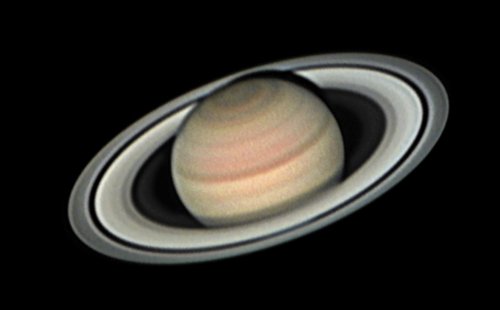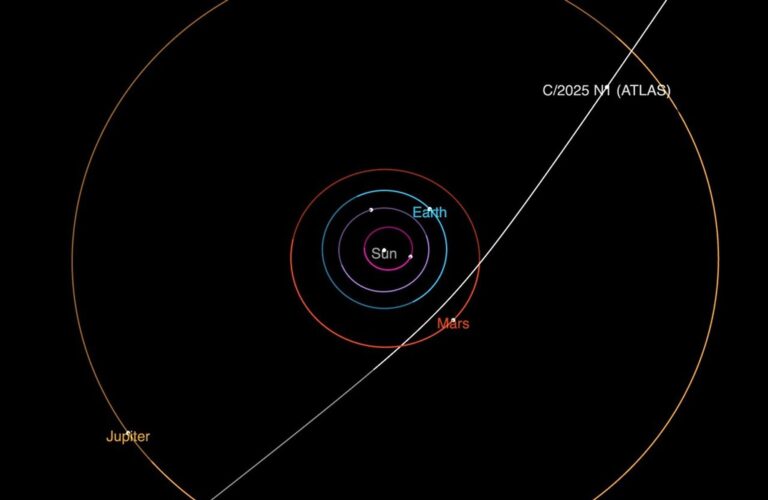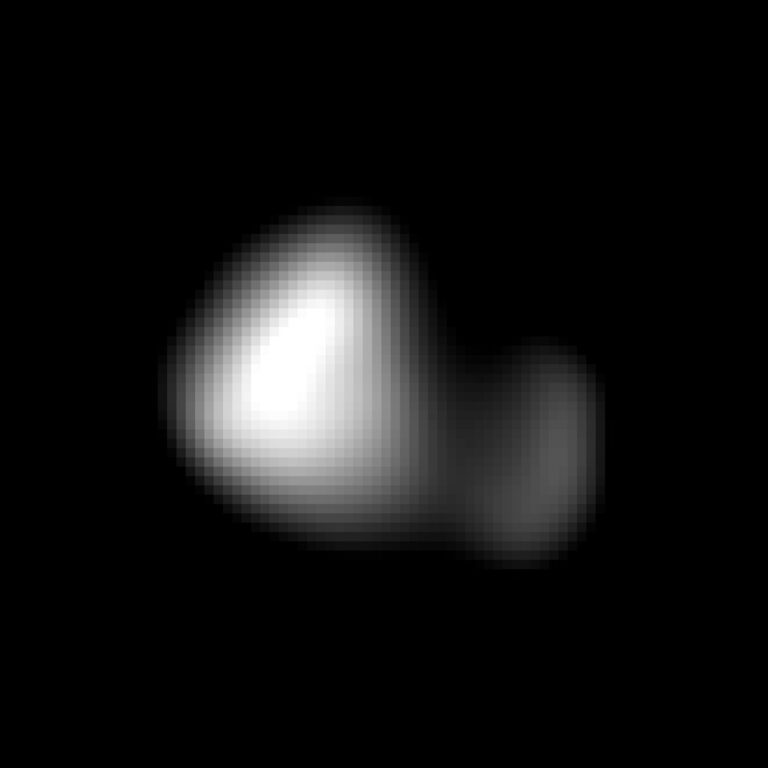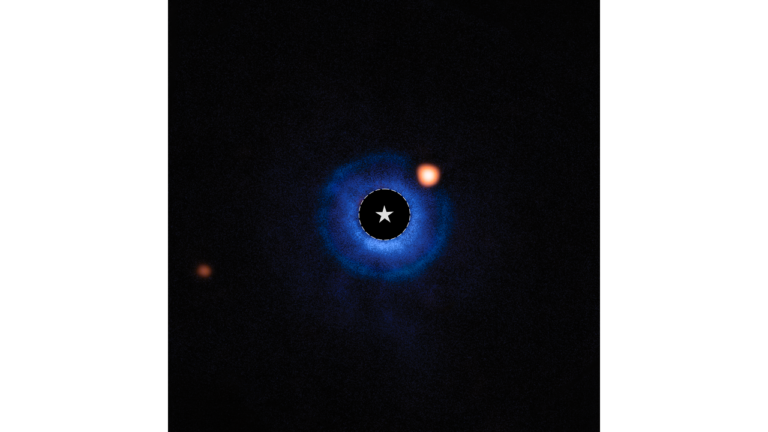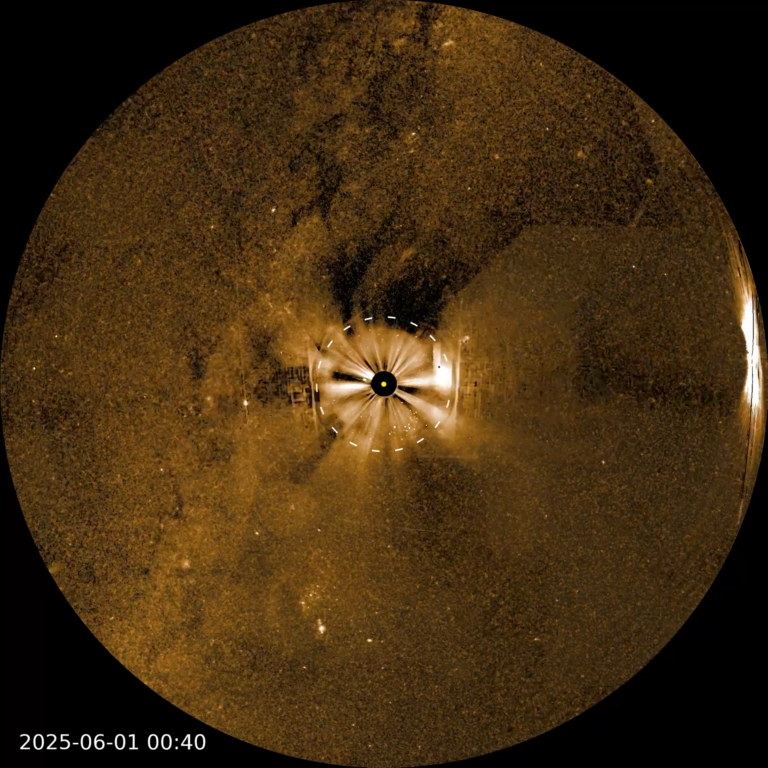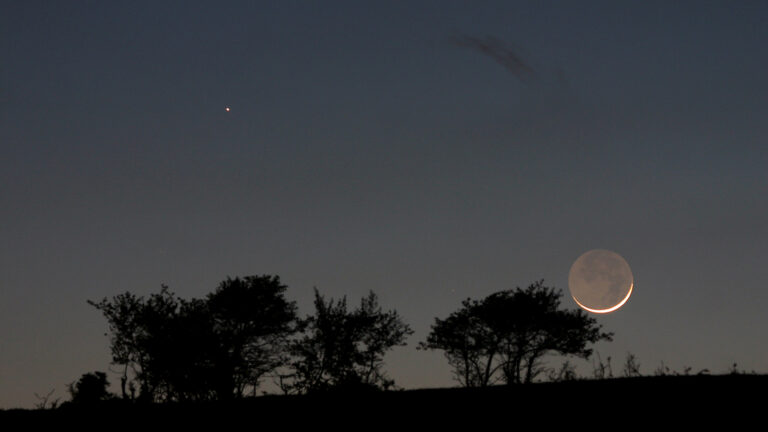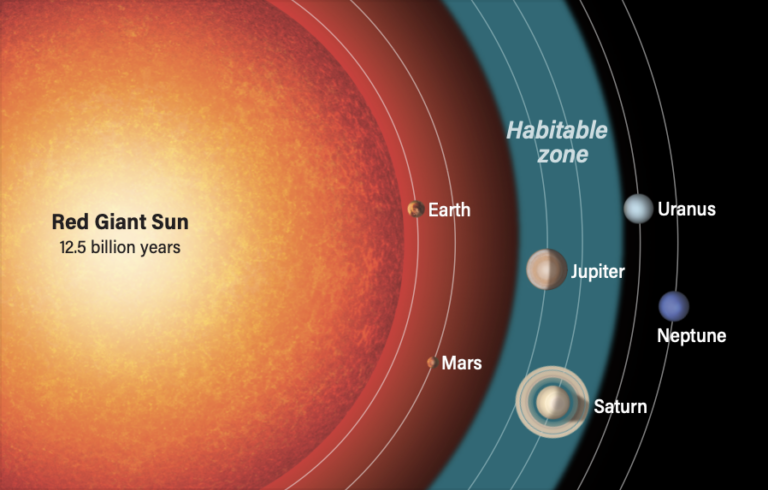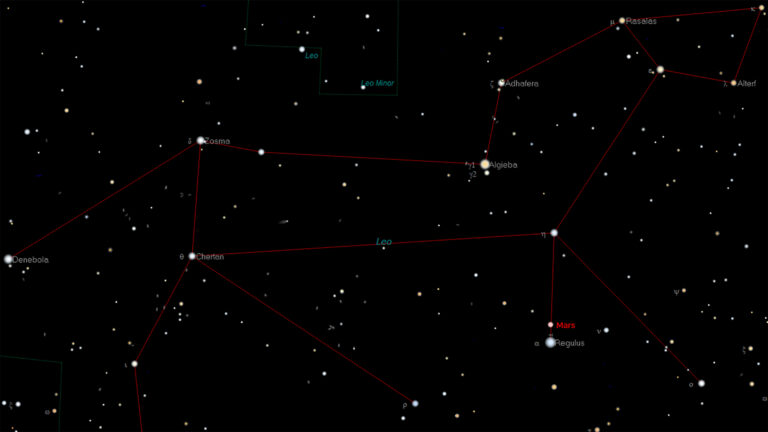Key Takeaways:
Planetary scientists Mona L. Delitsky of California Specialty Engineering in Pasadena and Kevin H. Baines of the University of Wisconsin-Madison have compiled recent data about the phase diagram of carbon and combined them with newly published adiabats (pressure-temperature diagrams) for Jupiter and Saturn to calculate that diamond will be stable in the deep interiors. Further, at altitudes below the regions where diamond is stable, the pressures and temperatures will be so large as to melt the diamond into liquid, creating diamond rain or liquid diamond.
While it has been known for 30 years that diamond may be stable in the cores of Uranus and Neptune, Jupiter and Saturn were thought to be too hot or not have conditions suitable for precipitation of solid diamond. The cores of Uranus and Neptune are too cold to melt diamond. The new data available have confirmed that diamonds may be floating around inside Saturn, some growing so large that they could perhaps be called “diamondbergs.”

